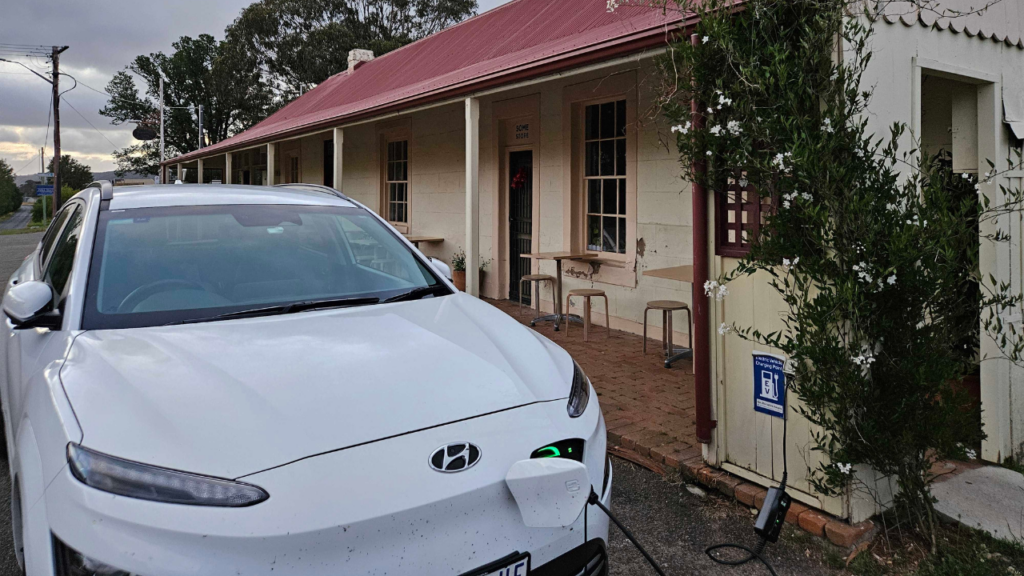Electric vehicles can travel hundreds of kilometres on a single charge
There are at least eight models of electric vehicles that can travel more than 300 kilometres (km) in a single charge, with the furthest – the Tesla Model S – travelling over 500km.
Electric vehicles are increasingly affordable
The cost of electric vehicle batteries has fallen by 80% since 2010, driving down the cost of electric vehicles. By 2025, an electric car is expected to cost the same upfront as a conventional (petrol or diesel) vehicle. Research has found that electric cars are already cheaper to own and run in certain European countries. A Chinese company recently announced a new EV model that costs just US$10,000. Charging an electric vehicle with electricity costs around half as much as the cost of fuel of an equivalent petrol car.
Electric vehicles will only have “a small impact” on the grid over the next decade
According to AEMO, “Increases in electric vehicles will impact the uses of power, but over the plan period they are forecast to have a small impact on overall grid-based demand.”
With appropriate management, the impact of electric vehicles can be minimised by encouraging electric vehicles to charge in off-peak periods when electricity demand is lower (such as overnight or during the middle of the day when there is high solar generation). This will ensure that peak demand for electricity does not increase.
Yes, there are electric SUVs and they can tow caravans and trailers
For example, the Tesla Model X SUV. More electric SUV and 4WD models are under development, with some entering the international market next year.
Car makers are investing heavily in electric vehicles
Over 1 million electric vehicles were sold globally in 2017. There are now more than 3 million electric vehicles on roads around the world. It is forecast that 11 million electric vehicles will be sold every year by 2025 and 30 million every year by 2030. Manufacturers are investing more than $150 billion to increase the production of electric vehicles.
Electric vehicle targets work
New Zealand has a target to reach 64,000 electric cars by 2021. New Zealand currently sells more electric vehicles than Australia, despite having a much smaller population. In Norway, 39% of all new cars sold are electric.
Strong government policies are needed to transition Australia’s car fleet from dirty petrol and diesel cars to electric cars. In Australia, the adoption of electric vehicles is being held back by the lack of policy support or incentives, the lack of choice of available electric vehicles for sale in Australia and the availability of public vehicle charging infrastructure.
Electric vehicles can help to create cleaner cities
Electric vehicles do not produce tailpipe emissions so they can significantly improve urban air quality by replacing petrol and diesel cars that produce a range of toxic pollutants.










